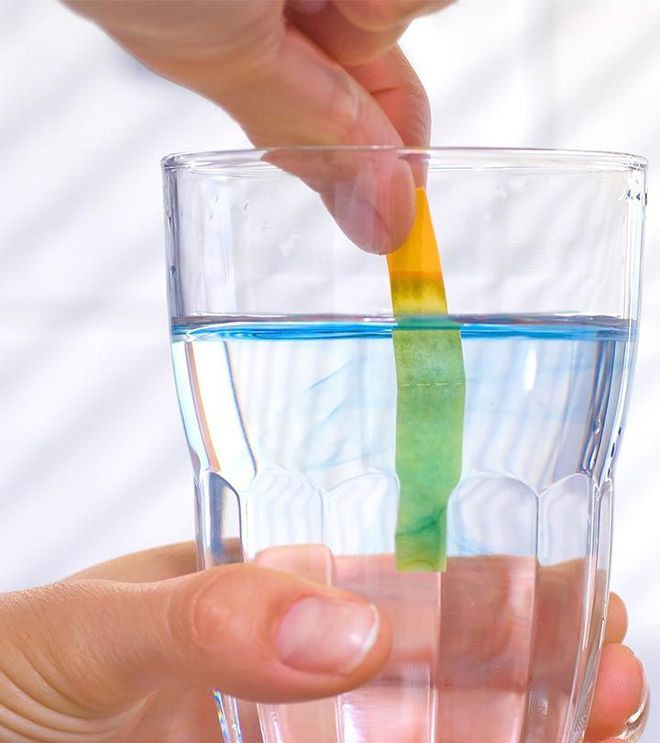
1.Particulate matter: water insoluble inorganic and organic impurities greater than 10μm (of which greater than 40μm visible to the naked eye), such as tap water often silt, metal oxides or hydroxide.
2.Ionic substances: refers to dissolved in water after dissociation into Yin, cationic substances, the sum of Yin and cationic water is called the salt content of water. The content of iron and manganese (Fe2+, Mn2+) in the water exceeds the standard (> 0.3mg/L), and the iron and manganese ions should be removed through the manganese sand filter or aeration device, otherwise it will form an unremovable deposition fouling on the RO film.
3. Colloidal body: according to the size, colloids are substances between ions and particles, their size is 0.1μm ~ 0.01μm, usually with negative charge, easy to combine with organic matter.
4. Organic matter: material can be divided into two categories of organic matter and inorganic matter, hydrocarbon compounds are organic matter, non-hydrocarbon compounds for inorganic matter. Organic matter usually burns and is the main building block of life. Natural organic matter is mainly humic acid produced by aquatic organisms.
5. Gas: O2, CO2, NH3, N2 and other parts of the gas soluble in water, after the reaction in water to produce some acid ions, affecting the quality of the finished water. If the ultra-pure water is open to the air, the water quality will decline rapidly.
6. Micro organisms: bacteria, viruses, spores, etc., its size is micron.
7. Pyrogen: pure water is a very low nutrient environment of water, but there are still a small number of bacteria - gram-negative bacteria - can survive, and induce bacteria into the human blood, will lead to fever, high fever and even death, so called pyrogen (also known as endotoxin). Water for injection and biological cell experimental water must be removed from the heat source.
8. Disinfectant: After the raw water is treated by the water company, the water will leave disinfectant such as sodium hypochlorite, and the residual chlorine is a strong oxide material that has a considerable destructive effect on the RO membrane, so it is necessary to filter the residual chlorine with activated carbon unit. It can increase the water yield of RO membrane and reduce the desalting rate.



